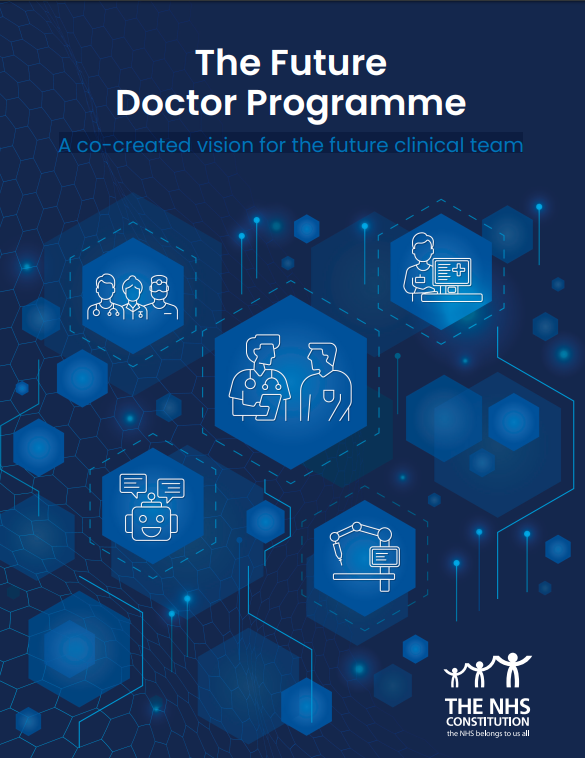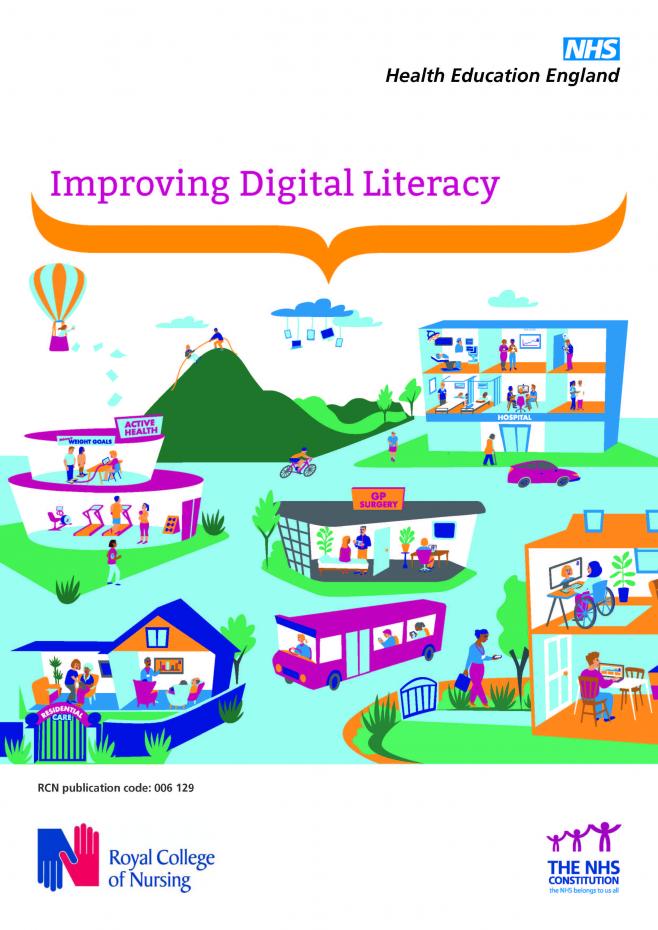BMJ . (2022). How to embed quality improvement into medical training. 376. e055084
This article describes an approach which applies evidence about successful quality improvement training to a curriculum on healthcare improvement for doctors in their first two years of training, drawing on the authors’ experiences. The article recommends principles to help integrate quality improvement into medical training.
What you need to know
- From the start, medical training should involve identifying problems, analysing why they happen, and testing change
- Enable interprofessional learning by focusing on problems identified by multiprofessional clinical teams
- Support requires clinical and educational leadership, and individual support such as coaching









 Background: To increase the reach of our antimicrobial stewardship program (ASP), social media platforms, Facebook and Twitter, were used to increase internal medicine residents’ (IMRs’) antibiotic (Abx) knowledge and awareness of ASP resources.
Background: To increase the reach of our antimicrobial stewardship program (ASP), social media platforms, Facebook and Twitter, were used to increase internal medicine residents’ (IMRs’) antibiotic (Abx) knowledge and awareness of ASP resources.